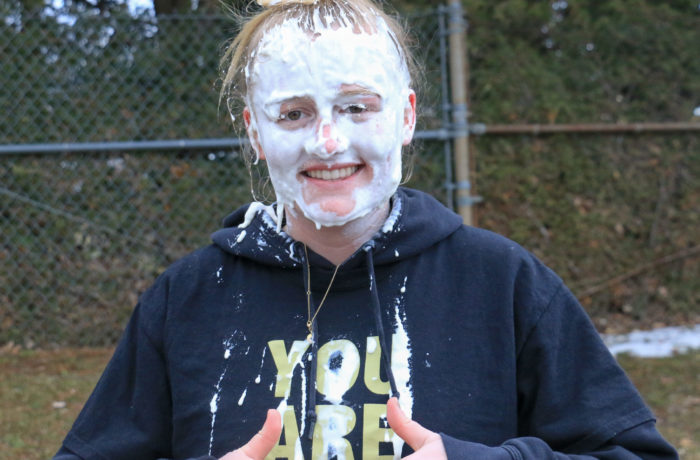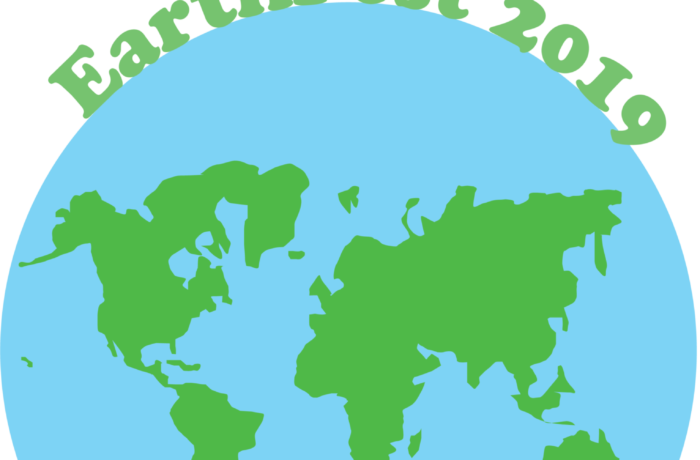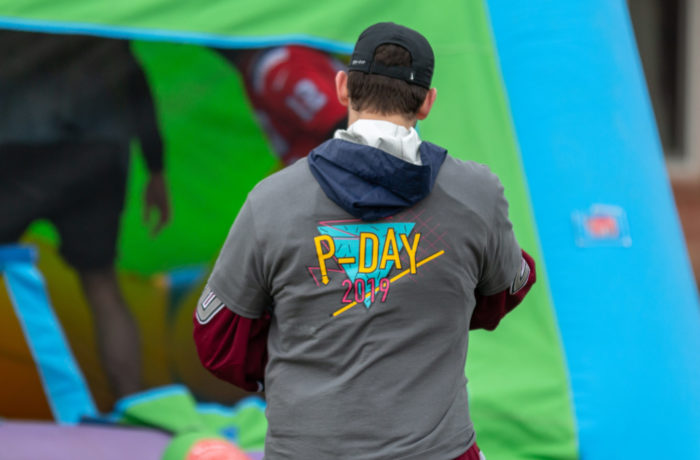By Eva Wilton
For Naudelis Fernandez ’18, who was born and raised in Puerto Rico, watching the news as Hurricane Maria hit her homeland on Sept. 20 was difficult. But even harder than the news of the sweeping devastation that the hurricane left in its wake is the absence of news from her family who live in Puerto Rico. She holds strong ties to the country with her parents and older brother, living in Toa Alta, Puerto Rico. The city is a 30 minute drive from the capital of San Juan which took the eye of the storm. Her extended relatives live in Bayamon, Puerto Rico and San Juan.
“There was no power in certain areas of Toa Alta following Hurricane Maria, so currently I have no communication with my parents and brother,” Fernandez said. “This makes me more worried. I am exposed to the news which may be a bit exaggerated.”
The only way that she has been able to stay in touch is through communication with her uncles who reside in Florida and Bayamon, Puerto Rico. She found out through her uncle who lives in Bayamon that her grandmother lost her house. Fernandez said he drove by her grandma’s house and noticed it was completely destroyed, and the grandmother resides now with family.
Fernandez contacted her family before Hurricane Maria made landfall, offering them preparation tips by telling them to “seal the windows, secure their cars, and make sure no water can enter underneath the doors.”
Her family had to load up on basic needs such as canned foods, gasoline, ice, and water. Now, Fernandez said, a major issue is that Puerto Ricans go without showering because of having no power. “The water is cold so, you have to boil the water, but then there is no power so, you are just surviving out of containers of water,” she said.
In the aftermath, the economy is “stuck because people don’t have money for groceries, and schools and universities are closed,” Fernandez said. “It will take time for the education system to reopen and when they do students will be behind.”
Hurricane season is a normal activity in Puerto Rico, according to Fernandez. Both Irma and Maria were Category 4 strength hurricanes. The only difference is that Hurricane Maria hit the country while Irma did not. Puerto Rico took a direct hit from Maria, and it was the strongest landfall there since 1928, according to The Weather Channel.
As an environmental studies major, she is concerned with the long term environmental effects on Puerto Rico. “Nature will also take time to recover,” Fernandez said. “The rainforests are unrecognizable and agriculture is all deeply affected.”
She hosted an International Coffee Hour at Saint Edmund’s Hall on Sept. 27 where she was accepting cash donations for relief efforts in Puerto Rico, and she hopes to host another.
Overall, she is optimistic about the situation in Puerto Rico by saying that if the United States and Puerto Rican governments work together they can start the recovery and rebuilding process. She said it is especially important Puerto Ricans get power in their homes.
Another student with Puerto Rican roots, Valeria Matias, ’18, grew up in Puerto Rico and has family and friends in Toa Alta and Bayamon. Matias was able to contact her family and hear updates from them.
Her mother and older brother had flooding in their home with more damage than they expected, she said. For preparation, her mother set valuables including family portraits on beds. Her mother did not do much else than that as her typical hurricane preparation. Matias said that she wished that her mom had done more than only protecting valuables, wishing that her mother secured their home instead.
She said that she thought that the media’s coverage used a scare tactic with news outlets that created exaggerated devastation videos which were distributed through social media. This brought fear to her, as a Puerto Rican who lives in the United States. She said that she does not deny the severity of situation. “I even try to tell my mom that even though things are seeming to be okay where she is, things are still not okay in the rest of the island,” she said.
Matias added, “It is best if the media that what you are looking at is informative and explains the next steps that Puerto Rico is taking for the future.”
For Matias, social media has been helpful for getting news of people she knows on the island. Her high school theater professor has been writing Facebook posts detailing updates on typical daily life since the hurricane. He wrote a post about waiting in line for over an hour to get gas at the gas station.
Family, friends, and teachers are documenting their experiences. “Facebook and Snapchat has made it possible for me to stay connected,” she said.
“The situation in Puerto Rico is actually one of my biggest stressors right now, so I try to find outlets for me to be able to communicate what is happening there. I try to talk about it with as many people as I can,” she said.
“I’m optimistic about recovery and aid, I’m just worried that it’s happening a bit too slow. I do try to keep calm about the situation,” Matias said


